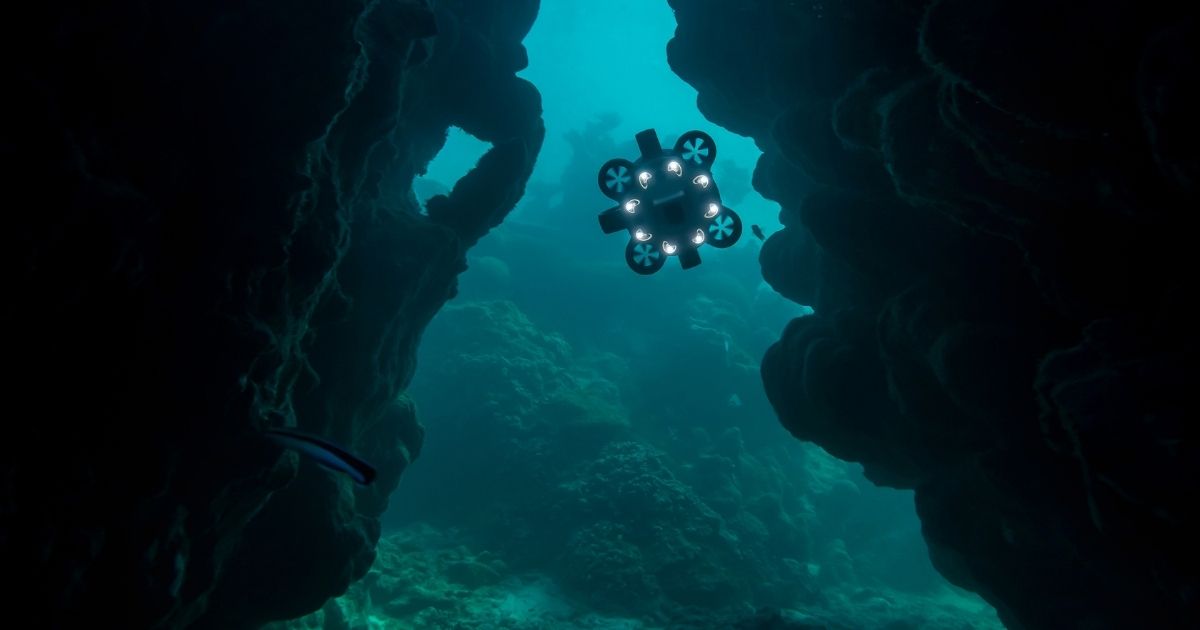Underwater survey has traditionally been a highly specialized realm. Technologies have improved to bring levels of automation to it and, in some scenarios, very successfully. This is particularly the case for large scale seabed surveys using side-scan sonar AUVs. Tethered ROVs have brought motion control and flexibility to shallower depths, however, with the limitations of requiring expert human pilots and an umbilical cord. These methods are logistically complex and very expensive and so require a better solution.
This story was featured in ON&T March 2022, click here to read the full article.

